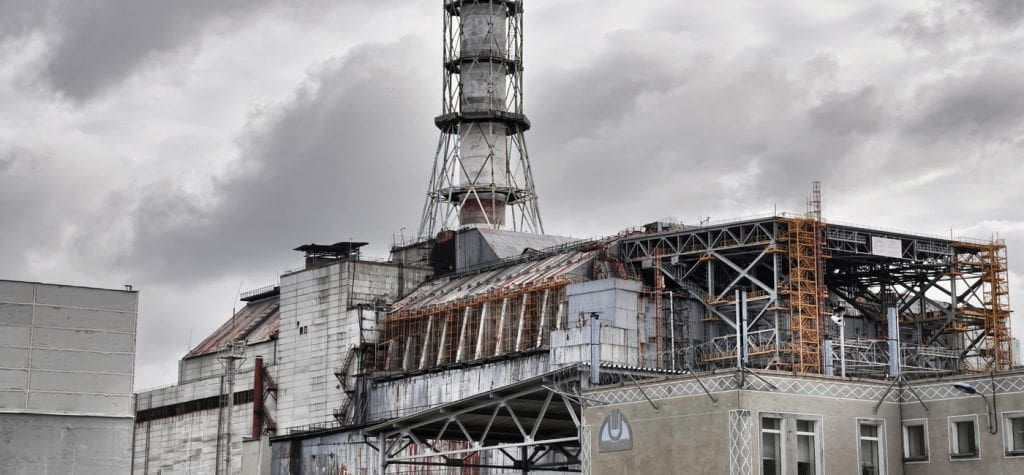10 Most Radioactive Places on Earth
When you hear about radioactivity, you wouldn’t be the first person to automatically think of things you’d find in a sci-fi film: aliens, green glowing people, the odd deformed bird with four heads and 17 toes. We have researched and compiled a list of the most radioactive places on earth for your reading gratification and so you know where not to book your next holiday.
No.1 Chernobyl – Ukraine
On April 26, 1986, a late-night safety test gone wrong caused a mass explosion and subsequent evacuation of the cities surrounding Chernobyl’s nuclear power plant. The Chernobyl Disaster has been burnt in history as the worst nuclear catastrophe and has the dubious distinction of being the most radioactive place on earth. Said as being worse than 400 atom bombs going off, People are still living with the radioactive effects of the explosion today, both locally and around the world, as the residue is still circulating in the atmosphere.
Rating on the ‘Wow, let’s not go there on holiday’ scale: 10/10
Don’t even think about it. I wouldn’t recommend it as the best place to bustle up in your minivan, crack open a Tui and take in the sights.
No.2 Mailuu-Suu – Kyrgyzstan 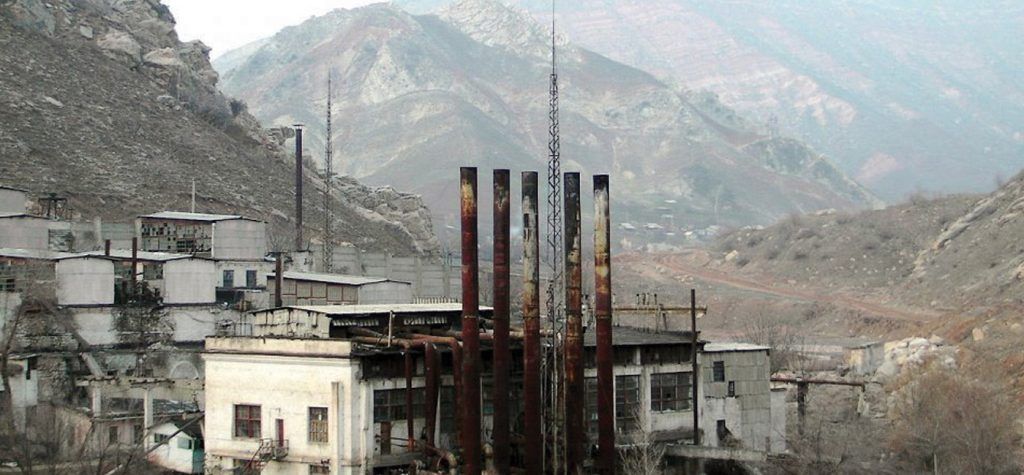
Established as a uranium mine, Mailuu-Suu is radioactively contaminated due to its activities rather than any actual event or crisis. The mining, essentially, let slip 1.96 million cubic metres of uranium into its surrounding cities (which peopled approximately 25,000 at the time). Ranked one of the most polluted places in the world, Mailuu-Suu is also one of the most radioactive. Frequent earthquakes, landslides and floods devastate the area, and this consequently spreads the uranium, making Mailuu-Suu more and more radioactive. Known locally for its unstable cliff faces and rivers, the risk is that uranium has spread to other parts of Asia via its waterways. Thankfully, onsite the governing bodies have ordered constant intervention with hope to quell the radioactivity of the area.
Rating on the ‘Wow, let’s not go there on holiday’ scale: 6/10.
The thing is, there isn’t much to see here. It is quite barren, as though on a different planet. The locals are friendly enough, apparently, joking that they need the radiation waste to survive.
No.3 Sellafield – United Kingdom
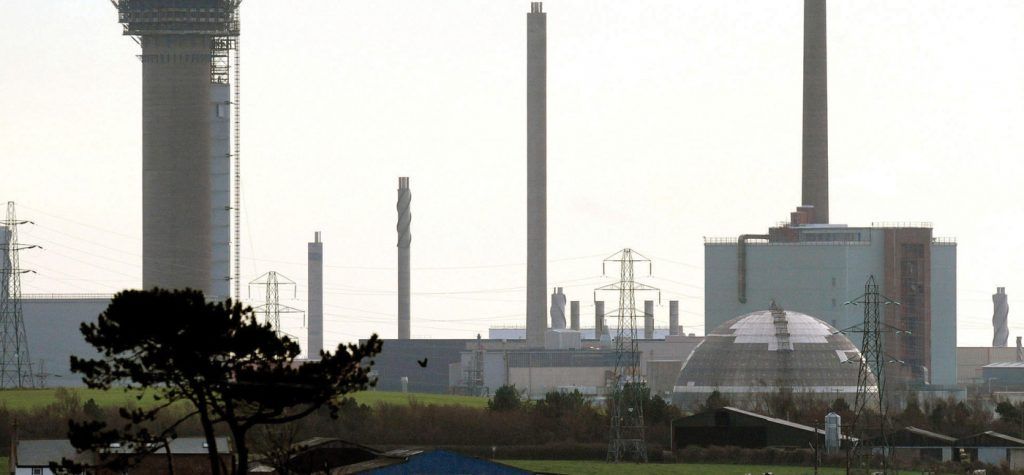
Home to 80 percent of England’s nuclear waste, and still operational to this day, this site is home to more than 130,000 staff. In 1947, it was chosen as the location for the plutonium production plant that featured the Windscale Piles. In 1957, a fire caused Piles 1 to shut down, thus destroying the core and releasing up to 750 becquerels (a unit in measuring radioactive material) to seep into the atmosphere over England and the rest of Europe.
Rating on the ‘Wow, let’s not go there on holiday’ scale: 4/10
If you want to go there on holiday, make sure to keep your distance from the nuclear power plants.
No.4 Siberian Chemical Mine – Russia

Established in 1953, this chemical mine was used by the Russians in the Cold War to test their nuclear programs and weapon producing. After 40 years of being powered, utilised and employed as a crucial part of Russia’s involvement in the war, the iconic mine was closed down and used as storage for objects of radioactive containment, with dead bodies of workers apparently still remaining in the mine. Scary-sounding, right? The radioactivity emitted from the mine spread over time and contaminated vast areas. A lot of people are still living with the effects of it today. More than 60,000 people have been affected by the nuclear waste matter and those numbers continue to rise even now.
Rating on the ‘Wow, let’s not go there on holiday’ scale: 7/10.
I wouldn’t think it’d be the nicest story to return to work with: that you’ve seen the remains of nuclear weapons, obtained glowing, green skin and have a third nipple growing. There are tours to visit the surrounding areas of the mine, but there are restrictions about going in. Visit at your own risk.
No.5 Mayak – Russia
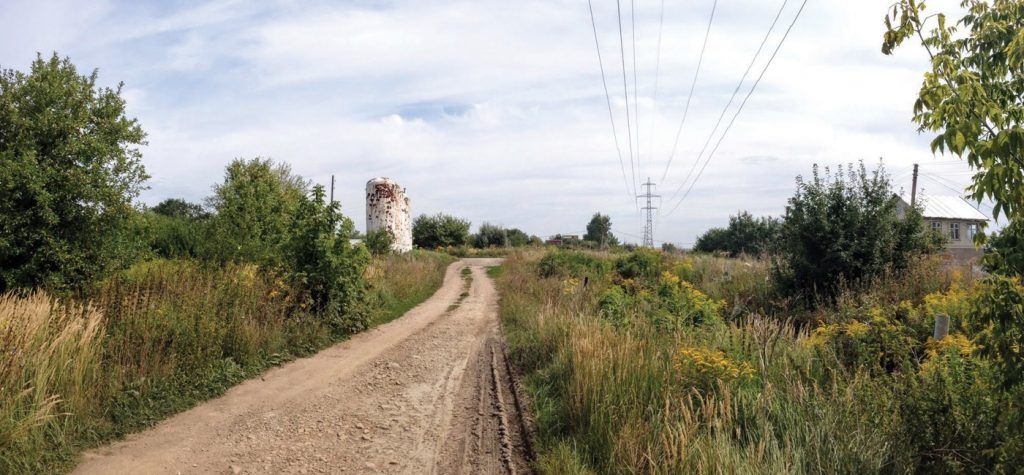
It was categorised as a No. 6 on the International Nuclear Events Scale – a catastrophe like no other. Mayak, one of the largest nuclear facilities in the Russian Federation, was holding deadly chemicals and radioactive matter that could really knock your socks off. They also used the facility for storing and maintaining nuclear weapons. On the September 29, 1957, the plutonium site, used by the Soviet Union to practice their atomic bomb projects, went up in smoke. Well, it all went up in smoke. Boom. Ka-pow. Several containers housing 70-80 tons of radioactive waste imploded and released clouds of nuclear waste into the air; the pollution stretched for more than 350 kilometres from the crisis site.
Rating on the ‘Wow, let’s not go there on holiday’ scale: 7/10.
I wouldn’t trust it as far as I could throw it. Tours are prohibited to this area, and that isn’t surprising to me at all.
No.6 Karunagappalli – India
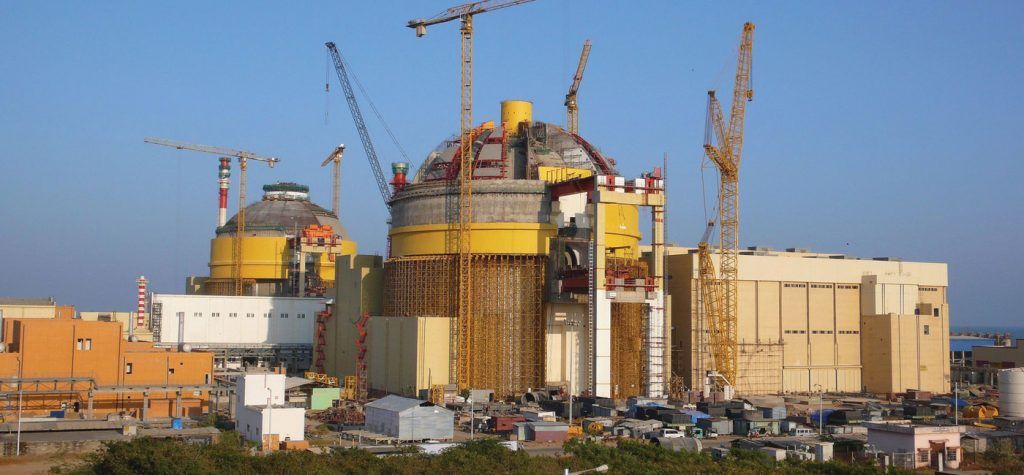
India. The place of vibrant colour, laughter, Bollywood and Rogan Josh. You may think of the busyness of Mumbai or Delhi, and the cattle bathing in the Ganges, not a radioactive minefield in a quiet backstreet village. With its radiation due to the monazite in its soil, and 8-10 percent thorium, the small settlement of Karunagappalli in India’s Kerala is known as one of the worse naturally radioactive places on earth. Unfortunately the radiation is spreading through the footprint of its growth. A bitter-sweet pill to swallow for the locals. Surrounding areas continue to be affected, with a reading of around 5mGy (milliGray, the unit of absorbed radiation level) per person.
Rating on the ‘Wow, let’s not go there on holiday’ scale: 4/10.
I can’t imagine the radioactivity would be that much of a trouble with such a bustling community. But tread carefully. You never know what’s in the water.
No.7 Fukushima – Japan
As a result of the tsunami that followed the Tohoku earthquake on the March 11, 2011, the Fukushima Daiichi nuclear power plant took major damage, which led to quite big radiation leaks and a colossal nuclear meltdown. With three major imploding reactors containing a large quantity of radioactive material, the scope of the wreckage was big. More than 100,000 people were evacuated, and the effects of the devastation still linger around the world today. Six workers died from the initial devastation, and then a consequential 537 ‘disaster-related’ deaths have occurred up to the present day. Readings of the Daiichi power plant still read up to “530 sieverts per hour” according to the experts, which is pretty terrifying.
Rating on the ‘Wow, let’s not go there on holiday’ scale: 9/10.
I personally wouldn’t risk it. But if you’re a thrill seeker, tours are offered in Iwaki City, but going straight to Daiichi is strictly prohibited.
No.8 Semipalatinsk Test Site – Kazakhstan
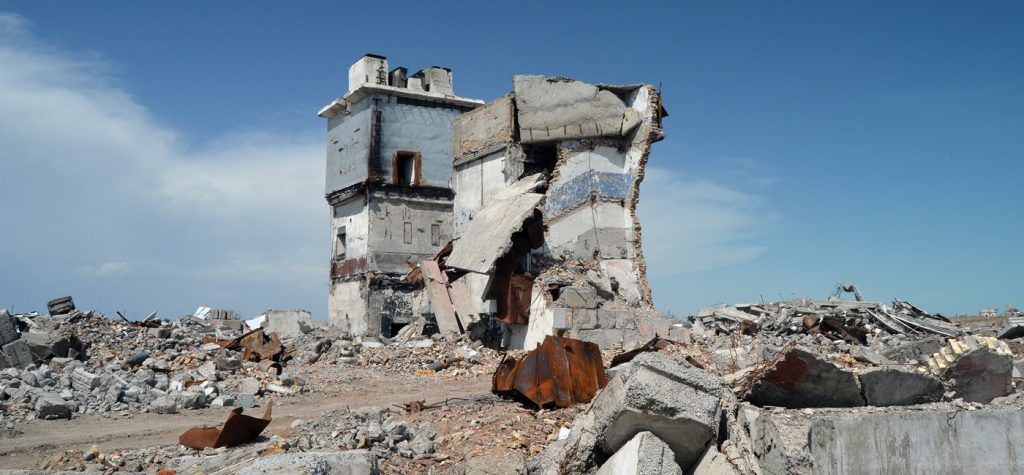
A once thriving area in the north-east of the country, ‘The Polygon’ was used as a testing venue for Soviet Union nuclear weapons from 1949 to 1989. Until 1991, the risk of entering the site because of the radioactivity was never mentioned by authorities, who prefered to push it under the carpet and pretend it didn’t exist. More than 100 of these weapons were atmospheric (ignited in the air, set off from towers or fired from the ground), so were very toxic for the surrounding atmosphere and contained serious nuclear matter. Scientists say a massive 200,000 people have been harmed or affected by the activity in the air even now. The residue of such activity has left its mark on the land, with big dents and craters carved into the countryside.
Rating on the ‘Wow, let’s not go there on holiday’ scale: 7/10.
Similar to Mailuu-Suu in Kyrgyzstan, there really is nothing to see other than the holes left as result of the explosions and the skeletons of old infrastructures. This place is rated pretty high in this list as there are still high readings of radiation and no one likes that on a summer holiday.
No.9 Hanford – America
An area that was part of the US atomic bomb project, Hanford, Washington, is most commonly recognised as being a contributing part of the first atomic bomb. Starting off as a plutonium processing plant, Hanford is pretty big on the scale. In the Cold War, five complexes were built to house more than 60,000 nuclear weapons. Many methods of disposing such unwanted matter were seen as being inadequate in regards to the size of its arsenal. So the Americans just shrugged their shoulders and left the unwanted weapons to sit there until they were disposed of by the US government in 2011. In 2007, the radioactive waste that came from Hanford took up two-thirds of the entirety of America’s waste by volume.
Rating on the ‘Wow, let’s not go there on holiday’ scale: 7/10.
Judging that as this place is riddled with radioactivity, I find that maybe it would be safest to book your holiday somewhere far away. It is habitable, but I’d be sketchy to trust it.
No.10 Lake Karachay – Russia
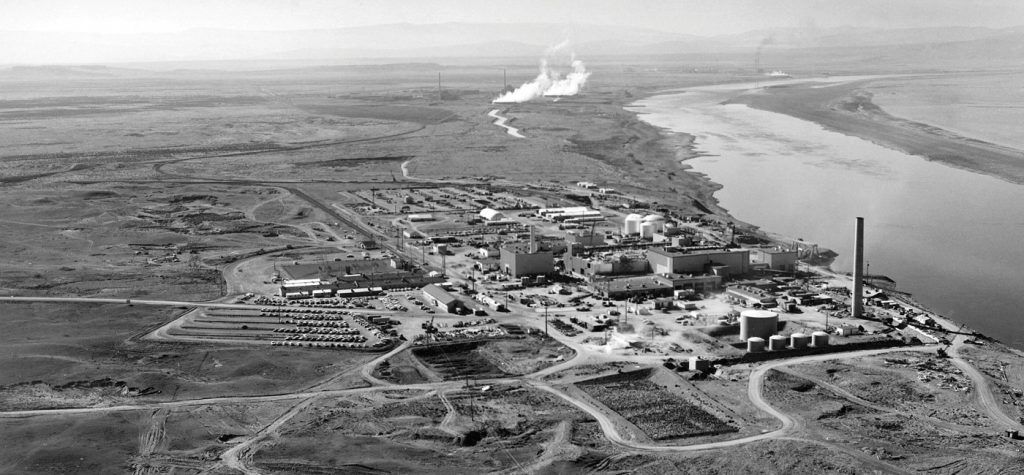
Located in the Ural mountains, and a hot-spot for dark tourism junkies, Lake Karachay is one that thrills, excites and spooks. It’s like something out of a Stephen King novel. Fish disfigured from the radioactivity of the Mayak incident, local wildlife who drink from the lake glowing green and the surrounding trees becoming withered and skeletal from the contaminated air, this place is contaminated to the core. Now completely infilled and used as a permanent, dry nuclear waste site, the radioactivity is still in the air and stretches for about 3000 kilometres.
Rating on the ‘Wow, let’s not go there on holiday’ scale: 5/10.
You can look at the small lake from a car, or an over-gliding aeroplane, but don’t you dare consider swimming in it. Approach at your own risk.

